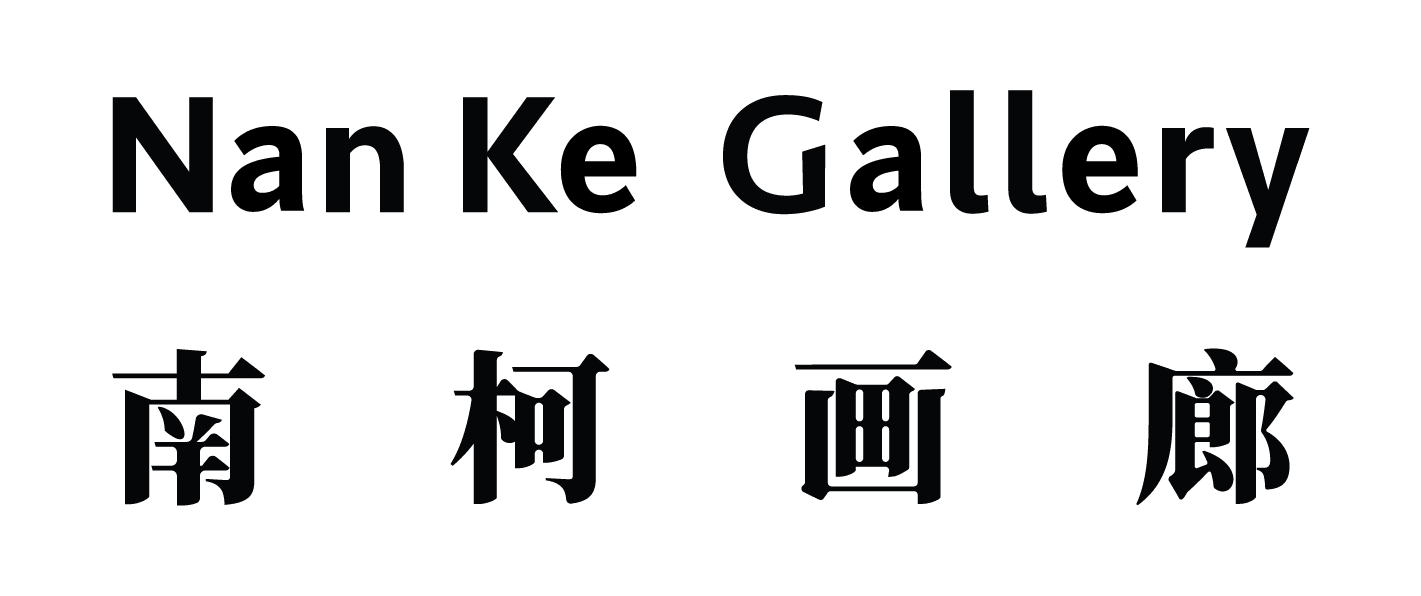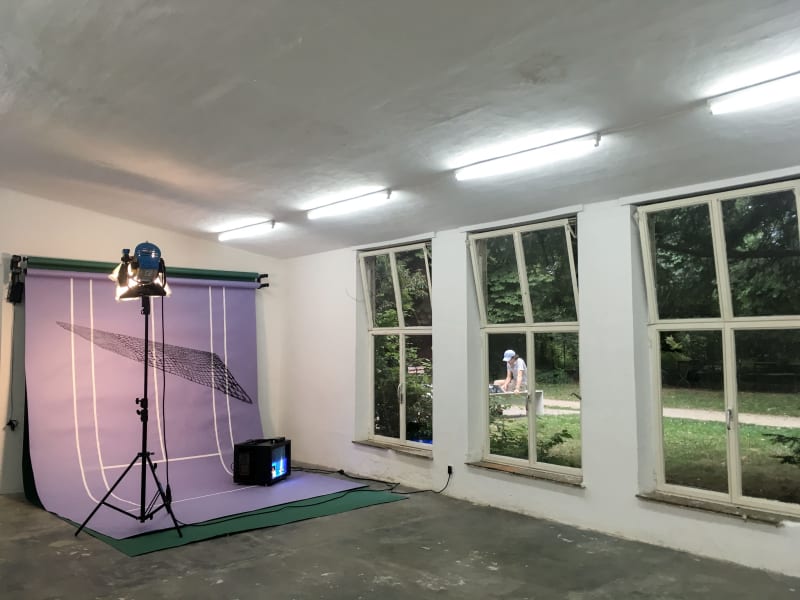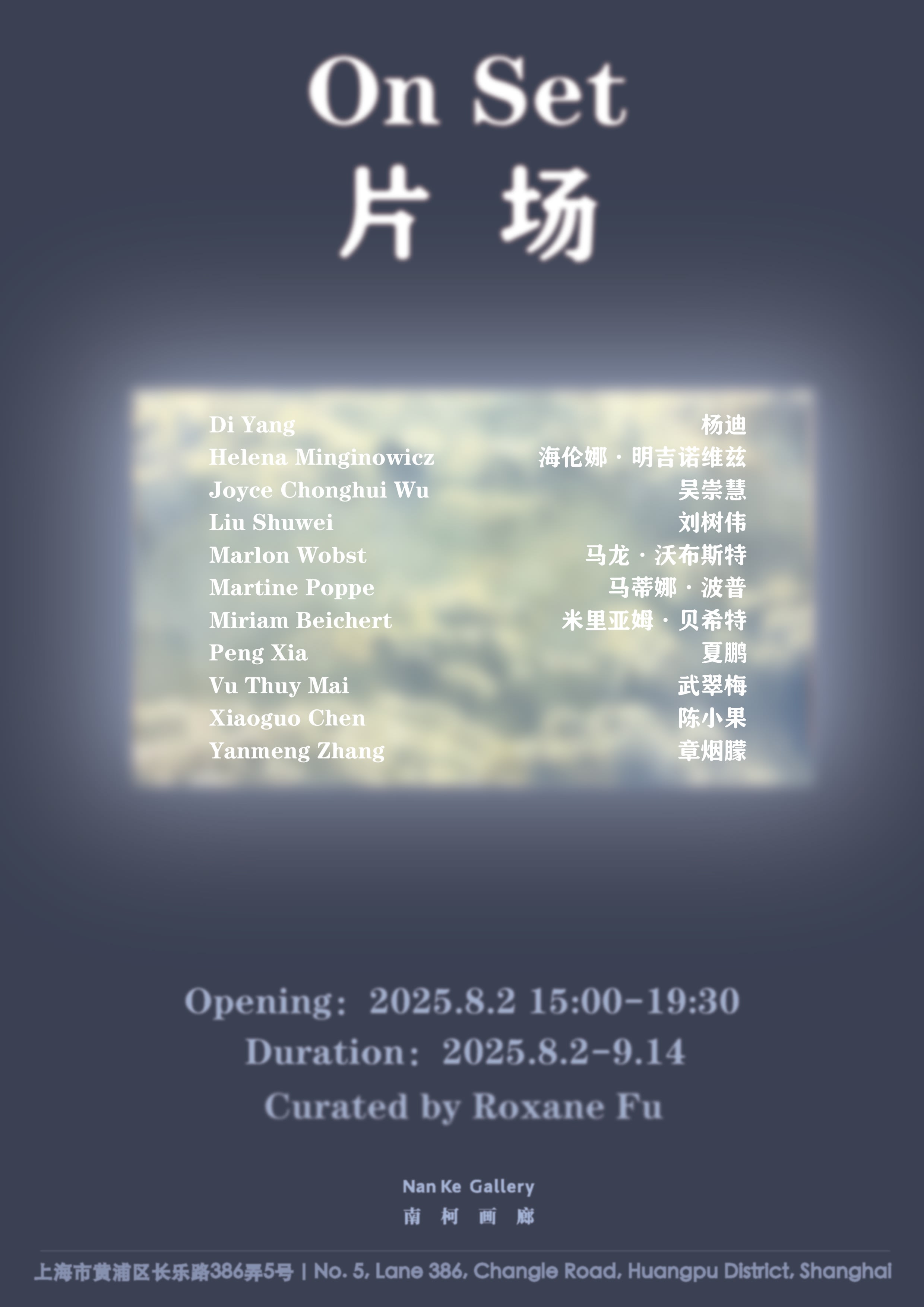

Nan Ke Gallery is pleased to announce the upcoming group exhibition On Set, opening on August 2. Since Theodor W. Adorno and Max Horkheimer introduced the concept of the "Culture Industry" in Dialectic of Enlightenment, film production has often been understood as a form of assembly-line manufacturing. The “set” becomes a site where the machinery of making comes into focus precisely as it recedes from view. On Set brings together works by Di Yang, Helena Minginowicz, Joyce Chonghui Wu, Liu Shuwei, Marlon Wobst, Martine Poppe, Miriam Beichert, Peng Xia, Vu Thuy Mai, Xiaoguo Chen and Yanmeng Zhang collectively constructing a behind-the-scenes arena that probes the deeper logics of contemporary cultural production.
In the accelerated era of the culture industry, the film set has evolved from a neutral ground filled with lights and mechanical apparatuses into a condensed machine of social relations and artistic philosophies. Roles are cast, narratives engineered, camera angles calibrated, emotions endlessly rehearsed. Much like the projections cast on the wall of Plato’s cave, the set exposes the turbulent undercurrents beneath the polished and perfected spectacle. Through a sequence of dissective vignettes, the exhibition interrogates the distribution of visibility and the complex interplay of authenticity and fabrication embedded within the production of reality.
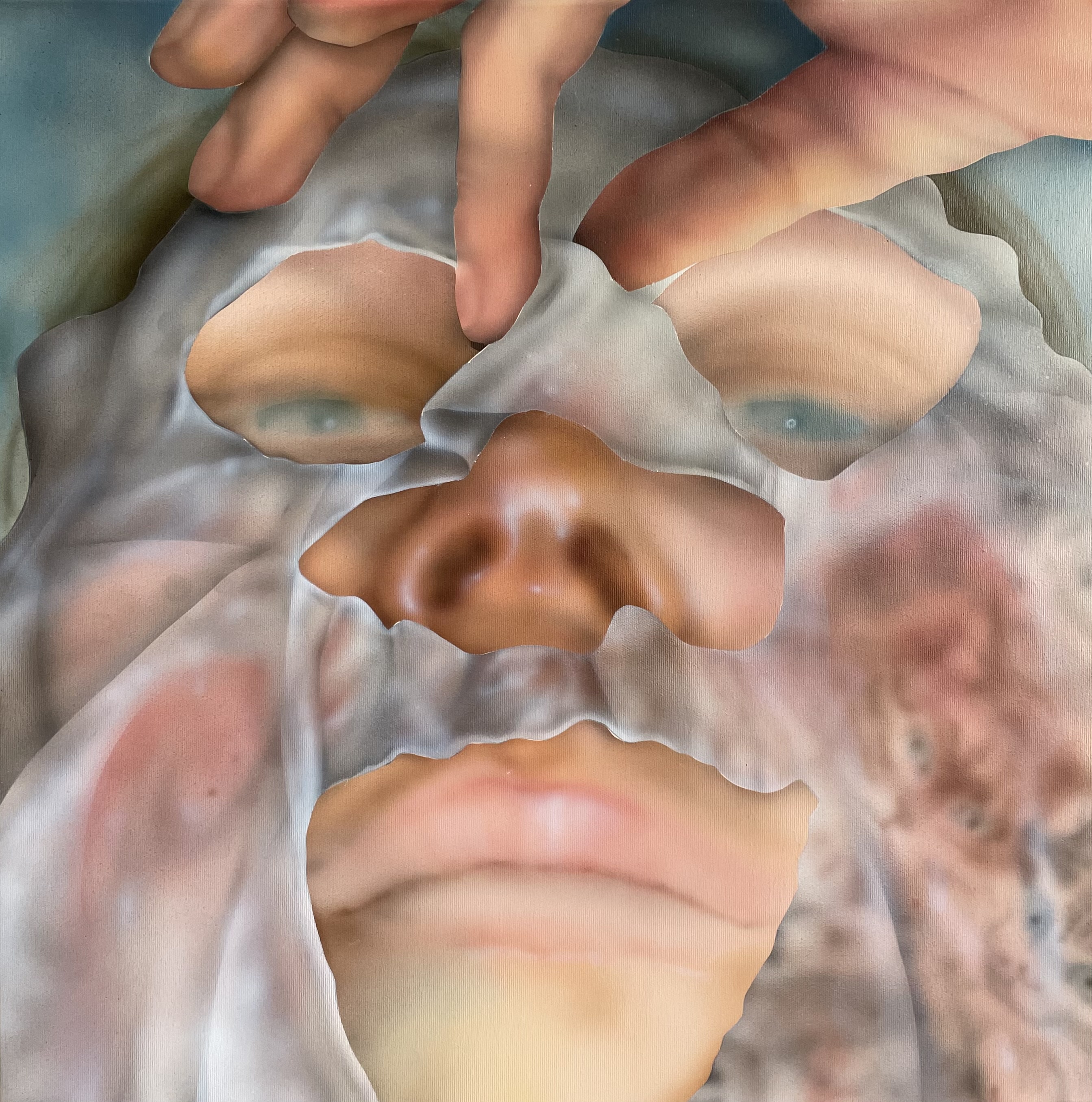
Helena Minginowicz
Incompetence, 2023
Acrylic on canvas
60h x 60w cm
© Courtesy of the artist
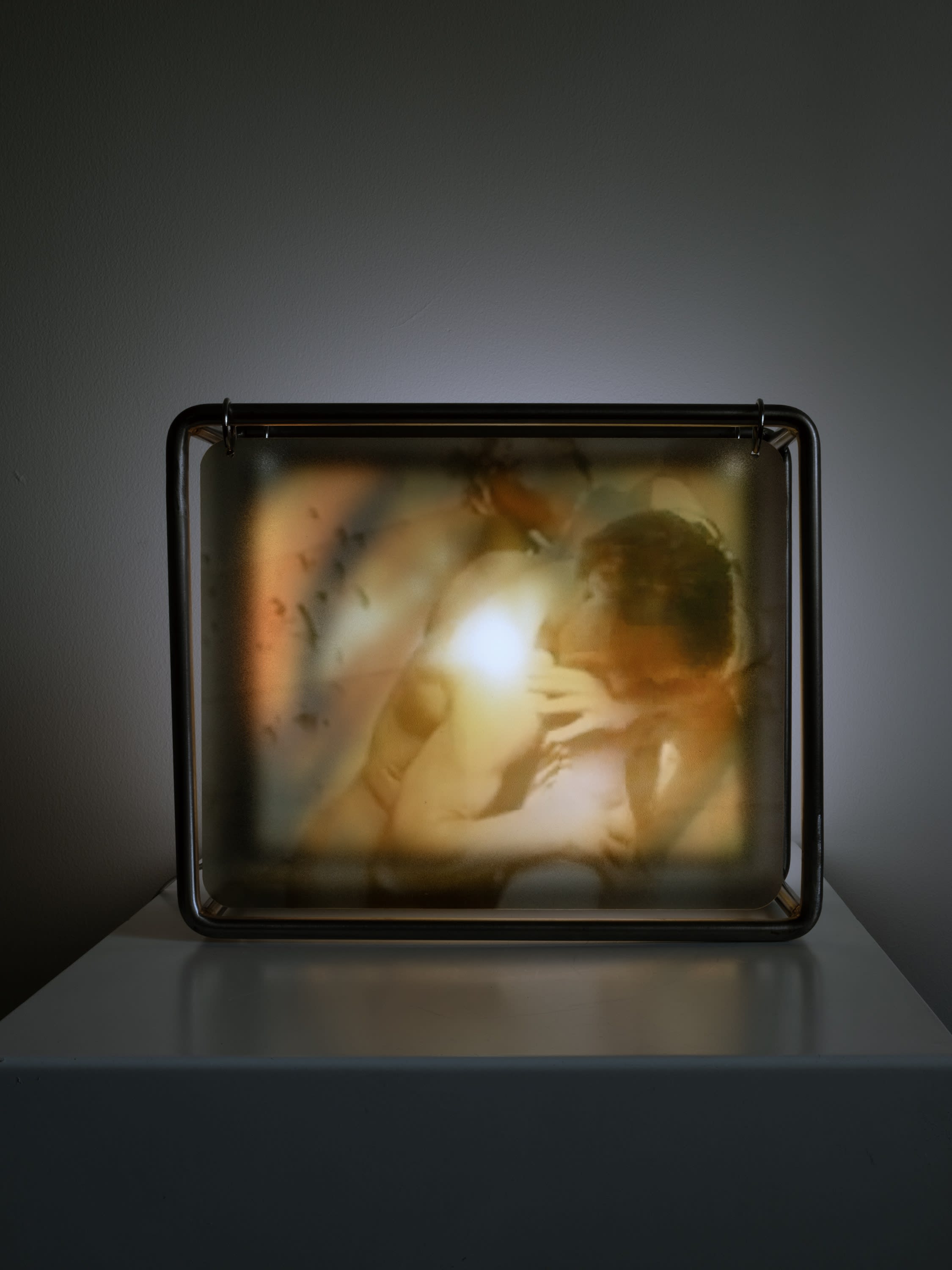
Liu Shuwei
Eternal Summer, 2025
prints on acrylic sheets, earrings, stainless steel, light panel
29w x 24h x 10d cm
© Courtesy of the artist
The exhibition opens with a semi-enclosed “screening room.” Near the corner entrance, Joyce Chonghui Wu’s mixed-media painting functions like a visual cue, merging blurred, cinematic stills with the mechanical precision of technical drafting—capturing both the spontaneity and rigor inherent in filmmaking. Moving deeper into the space, Liu Shuwei’s lightbox installation alludes to the industrial backbone of cinema with its metallic framework, while the warm glow emanating from layered negatives offsets the sterility of the apparatus. Within the illuminated frames, a pair of eyes gazes outward with a dispassionate clarity, reversing the conventional viewer’s gaze—as if peering from a projection booth—a reminder of backstage control over the final spectacle. Projected within this frame is Helena Minginowicz’s triptych, presented with the solemnity of sequential film stills. The delicate, tissue-like surface of her work echoes the fragility of facial masks, rendering a subtle meditation on vulnerability and the fleeting textures of daily life.
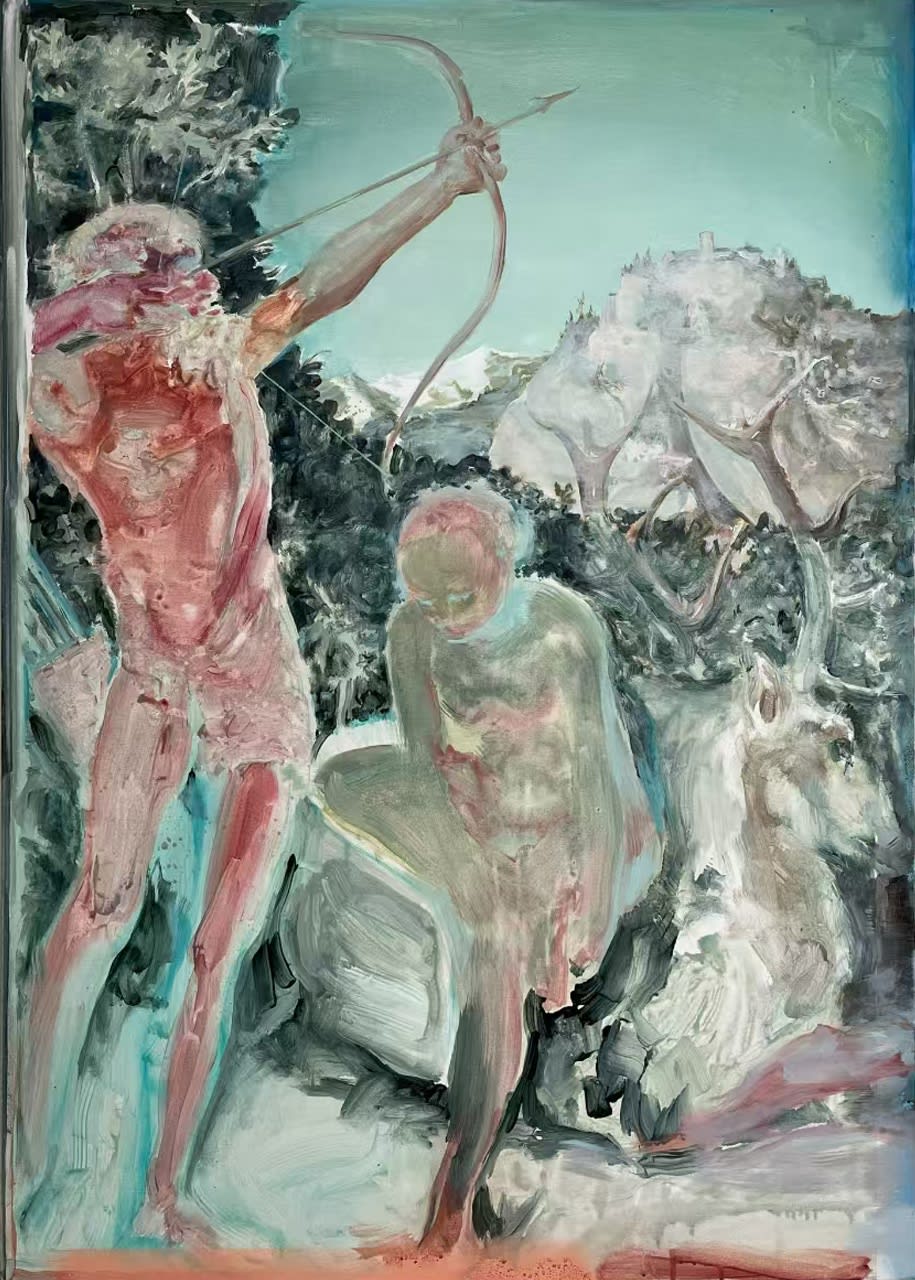
Peng Xia
、Apollo and Diana, 2024
Acrylic on canvas
140h x 100w cm
© Courtesy of the artist
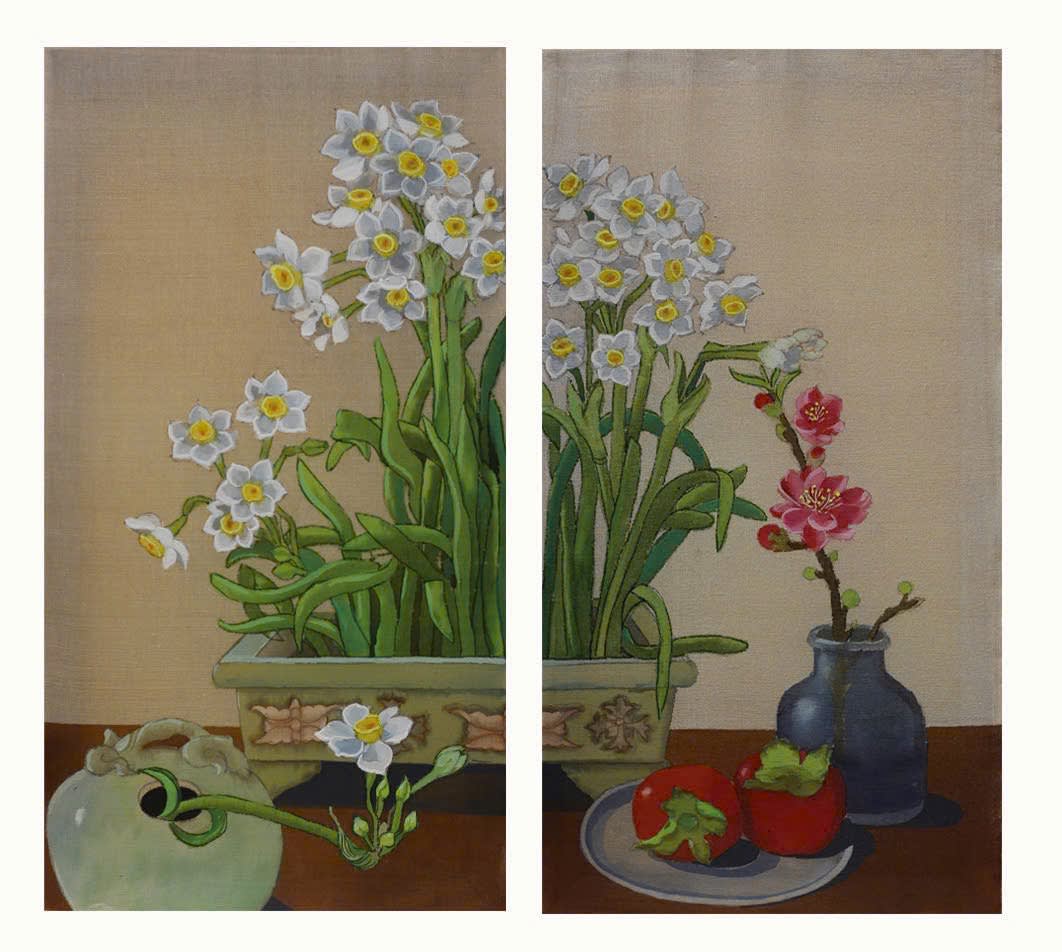
Vu Thuy Mai
Quiet-Fragile 2, 2024
Watercolor on silk
Twin set, 36h x 19w cm each piece
© Courtesy of the artist and VAC
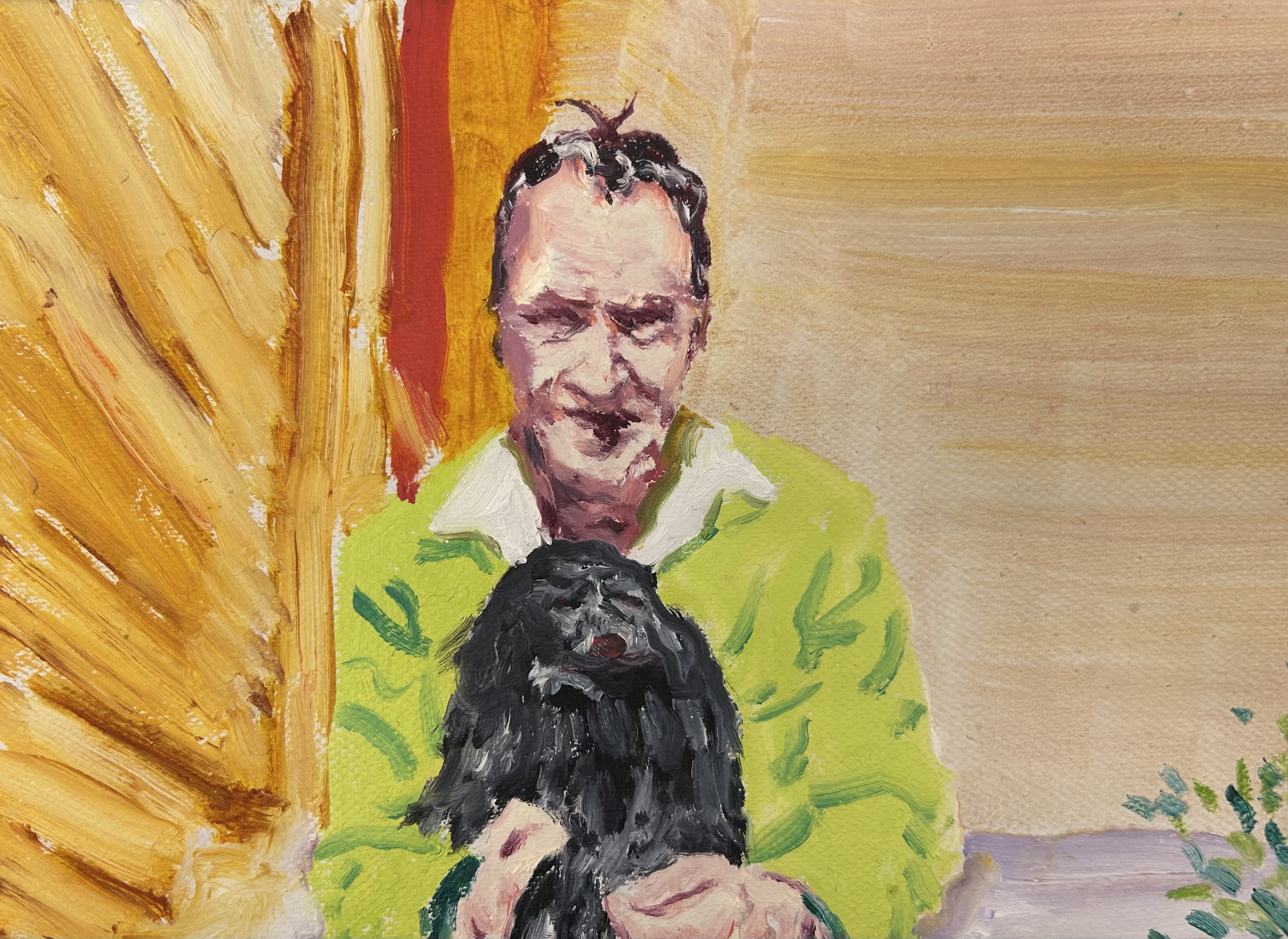
Xiaoguo Chen
Maugham, 2024
Oil on canvas
26w x 19h cm
© Courtesy of the artist
A second mezzanine space is staged as a pre-production zone—a hybrid backstage where scriptwriting, location scouting, and casting converge. The canvases of Marlon Wobst, Chen Xiaoguo, Peng Xia, and Vu Thuy Mai appear as interwoven sparks of inspiration. Peng Xia’s brisk, airy strokes trace the divine interplay of Apollo and Diana from Greco-Roman mythology, while Vu Thuy Mai’s finely detailed, quasi-Orientalist florals nearby point to a Babel-like unification of human origin narratives, mirroring the globalized flows of today’s content industries. On the facing wall, Xiaoguo Chen’s portraits of Sartre, Rodin, and Maugham gleam like a constellation of intellectual muses, each evoking a particular literary, artistic, or philosophical inflection—recalling the “casting” process in creative production. Anchoring the center is Marlon Wobst’s canvas, filled with soft, blurred figuration, evoking protagonists-in-the-making—characters yet to be written, lingering within the narrative scaffolding of a “writers’ room.”

Miriam Beichert
Shorts, 2023
Acrylic on canvas
55h x 45w cm
© Courtesy of the artist
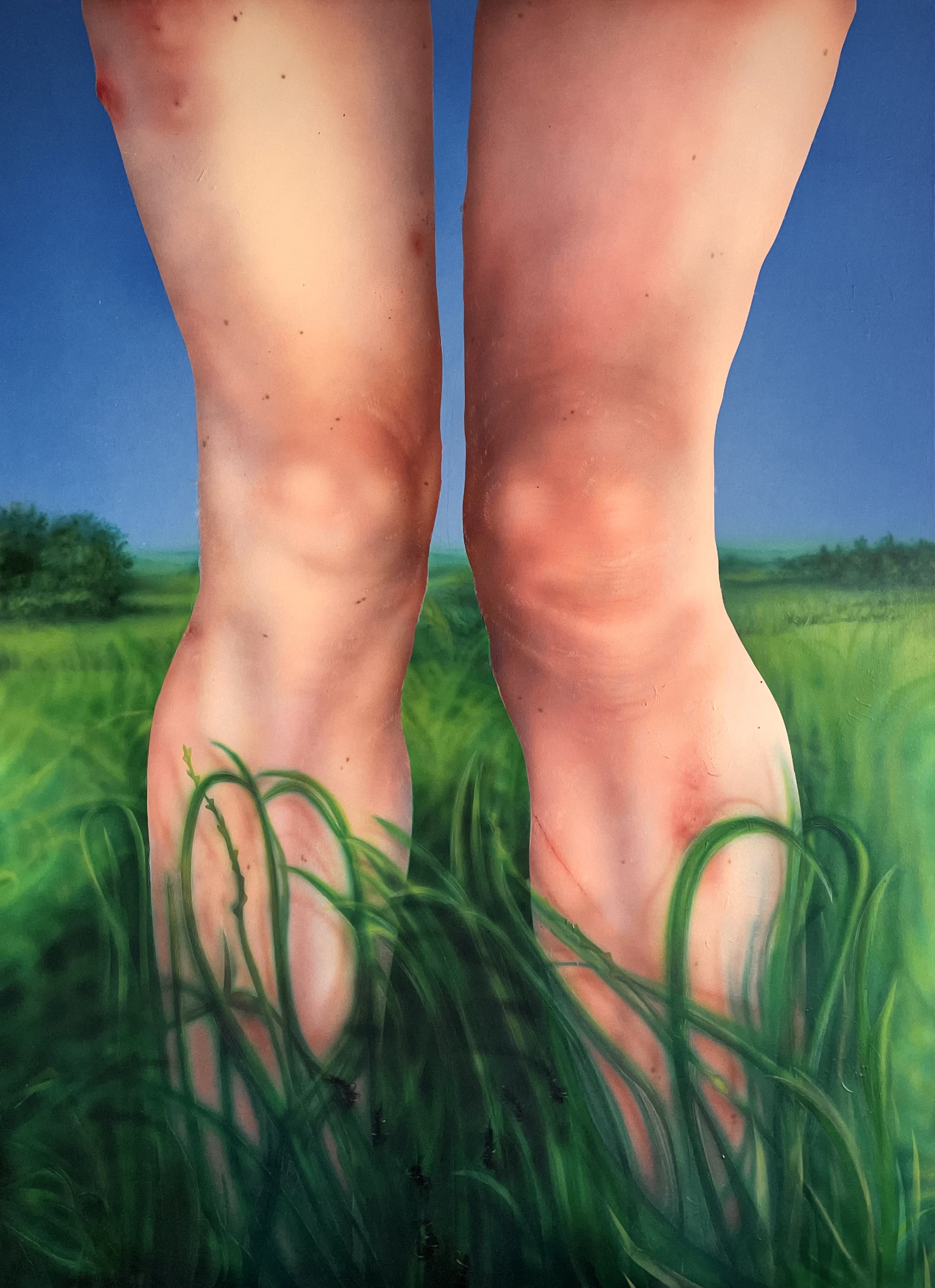
Helena Minginowicz
Lovers, 2023
Acrylic on canvas
150h x 120w cm
© Courtesy of the artist
Two primary chambers transform into immersive, simulated “sets.” Ascending to the second floor, one is first greeted by an expanded tableau of Martine Poppe’s painting, stretched into a virtual mise-en-scène. A camera setup invites viewers to step back toward Liu Shuwei’s lightboxes -now functioning as monitors - to observe the framed tableau. Here, the paintings of Helena Minginowicz, Zhang Yanmeng, and Miriam Beichert appear like extracted film stills—jumping from wide shots to intimate close-ups. Miriam Beichert’s works SHORTS and ORIGINAL, with their crisp delineations of shorts and bare torsos, juxtapose brand logos against blurred tattoos, raising questions of consumerist aesthetics and the commodification of the body. Interspersed among these, Helena Minginowicz’s lovers and still life with heart attack turn to subtler gestures—legs strewn across grass, a prop-like heart rendered with faint cuts and red stains—poeticizing the notion of “wounds” as metaphors for both intimacy and self-revelation.
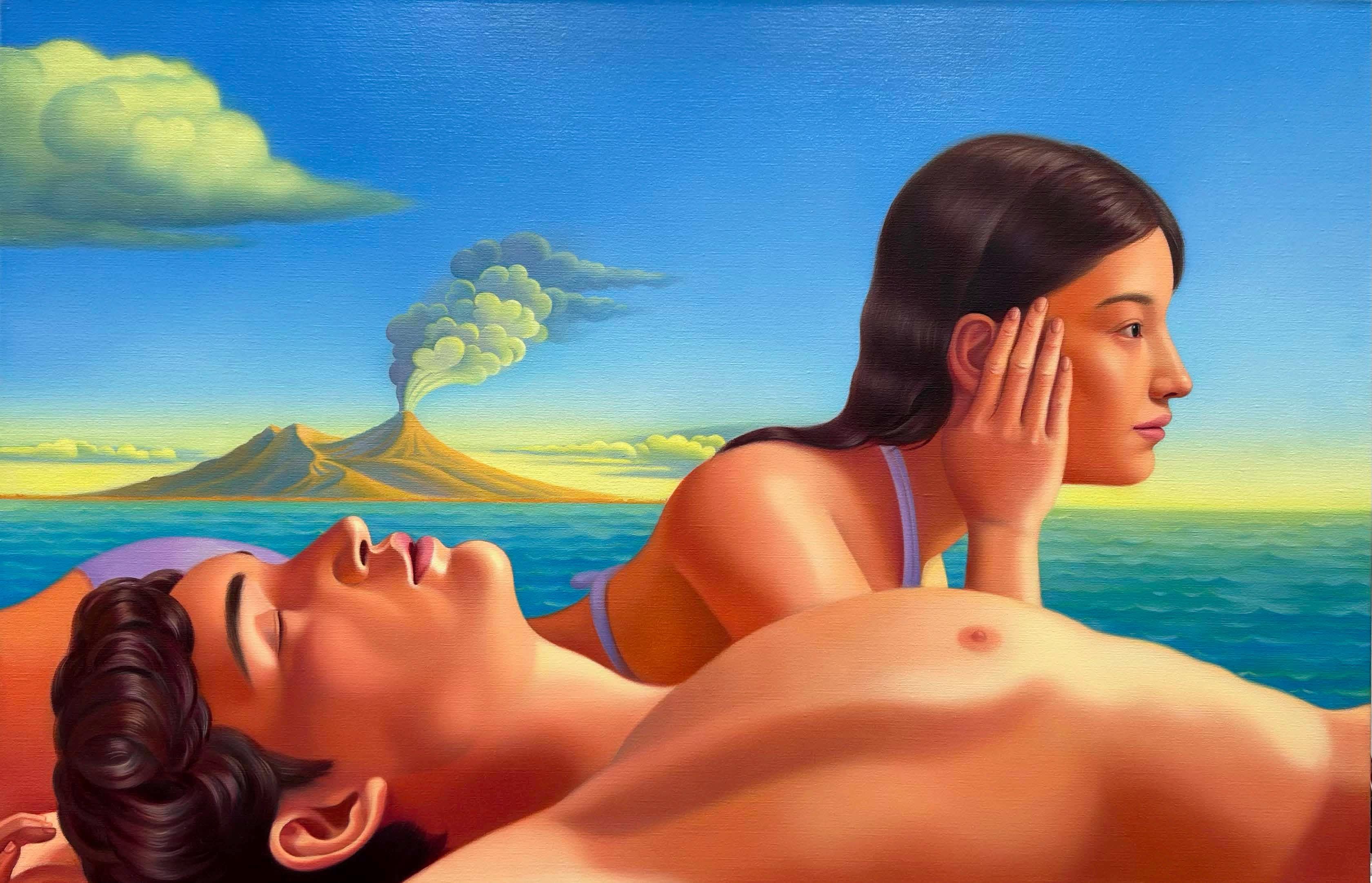
Yanmeng Zhang
Volcano and Lovers, 2025
Oil on canvas
80h x 120w cm
© Courtesy of the artist
Stepping back within this mise-en-scène, Yanmeng Zhang’s Volcano and Lovers pushes the frame into a surreal mid-shot, its dreamlike ambiguity suspended between eros and reverie. Flanking this, smaller portraits pull us closer to the lovers’ faces, their pleasures and satisfactions crystallizing in a shared, ephemeral moment. Within the algorithmic avalanche of image production, emotions themselves seem subject to the grammar of cinematic scripting, while the raw pain and complexity of human experience dissipate, lost amidst the “digital debris” that is deemed unworthy of selection.

Martine Poppe
Pareidolia, 2025
Oil on polyester restoration fabric
148h x 120w cm
© Courtesy of the artist
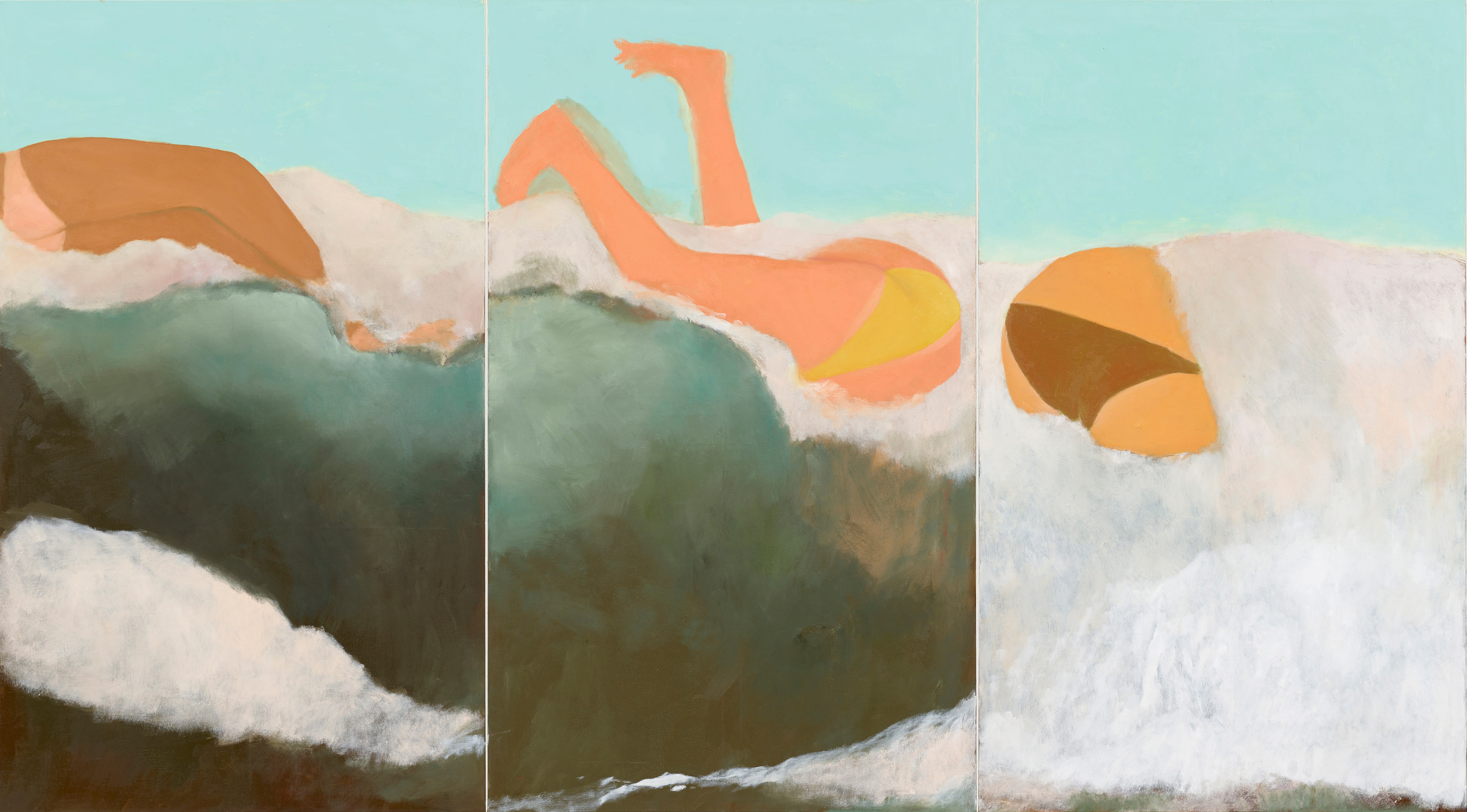
Marlon Wobst
Große Welle, 2025
triptych, 200h x 120w cm each piece
© Courtesy of the artist
The top level expands the visual horizon, shifting from the partial, monitor-like framing to a panoramic reveal of the entire “set”—its backdrop walls, spotlights, and staged props fully exposed. The illusion of boundless cinematic space fractures, revealing its finite constructs. Martine Poppe’s trio of skyscapes—Pareidolia, Not a cloud in sight #2, and Neverwhere—combine into a large, airy panorama where gradient hues are interrupted by the edges of the canvas, subtly emphasizing the artificiality of the constructed scene. On the facing wall, Marlon Wobst’s monumental triptych Große Welle echoes the sky, presenting a frame-by-frame dissection of performers’ gestures, reminiscent of editing sequences.
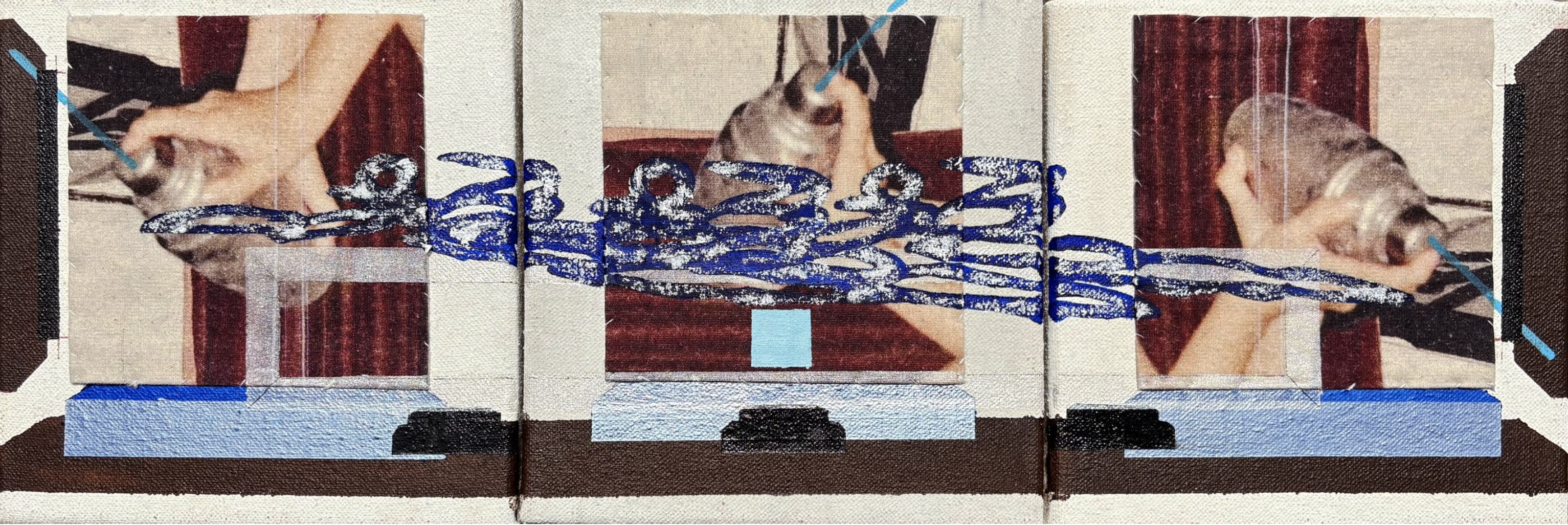
Joyce Chonghui Wu
Proof bag- myside’s: , 2025
Canvas, printed cotton fabric, oil pastels, acrylics, cotton thread
15h x 45w cm
© Courtesy of the artist
Occupying the upper landing is Di Yang’s video installation Elegantes Spiel. Drawing from the iconic tennis court and studio scenes of Michelangelo Antonioni’s 1966 film Blow-Up, Di Yang disassembles the narrative devices and cinematic grammar that probe “reality,” rearticulating them as an interplay of video, installation, and light. Nearby, Joyce Chonghui Wu’s work continues the motif of the triptych frame, rotating a single image as though passing through post-production—each adjustment and selection becoming a quiet reflection on the construction of truth.
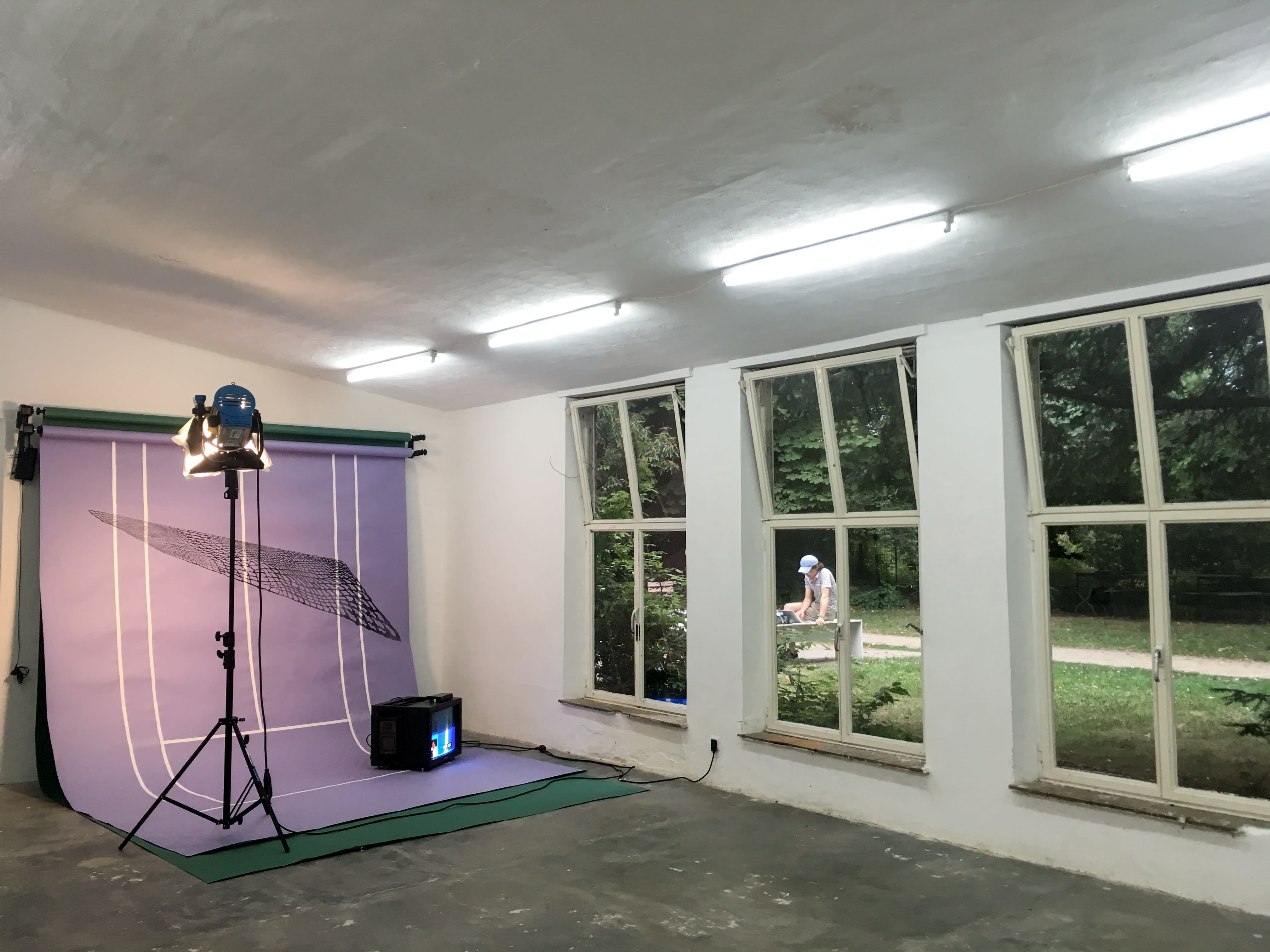
Di Yang
Elegantes Spiel, 2019
Installation, Tennis Hawk-Eve plavback Video
Variable size
© Courtesy of the artist
"On Set" unfolds as a multi-layered mise-en-scène in which eleven artists weave together the order and chaos, machinery and handcraft, rationality and affect that underpin real-life film sets. Viewers are invited to step into the making of a film that is perpetually unfinished—a production where backstage and stage, fiction and reality, creation and consumption are laid bare. The exhibition illuminates the double-edged logic of cultural production: on the one hand, images and narratives become standardized dream commodities, as Adorno described, consumed as “reality” under the glow of artifice; on the other, the artists’ works dismantle the visual and symbolic apparatuses behind the lens, exposing the mechanisms of Guy Debord’s “society of the spectacle.”
As monitors, backdrops, and post-production processes emerge from their once-invisible technical roles to become the explicit subjects of the exhibition, they produce simulacra that run parallel to—and at times overwrite—lived reality. In this context, the set becomes a condensed metaphor for contemporary experience: emotions edited like sequences, social relations scripted like screenplays, and “reality” continuously affirmed through acts of cutting and staging.
By revealing the mechanics of its own construction, On Set offers an open, unfinished, and contestable reality. The exhibition operates as a critical lens on the logic of the culture industry—an experiment in visibility, narrative authority, and perception. Contrary to the confines of backdrops and monitors, the real “set” expands indefinitely, perpetually scripting the world we inhabit.
Text by Roxane Fu
